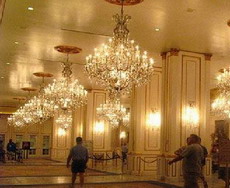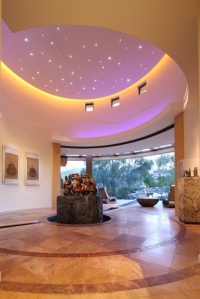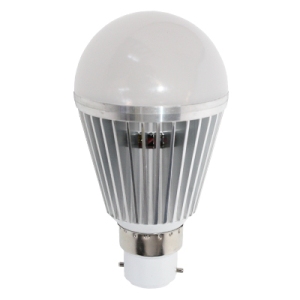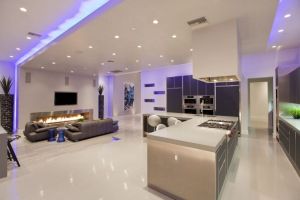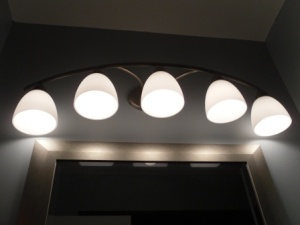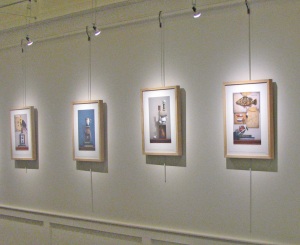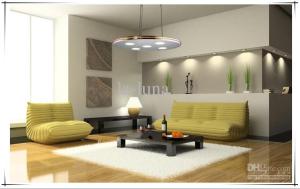
LEDs are upwards of 80 percent more efficient than incandescent lights, but they comprise only a very small percent of retail sales. One research report I read says LED is less than 10% of retail bulb sales. With all the “talk” about greener codes and standards, better energy management, and general awareness of environmental issues, why the dichotomy?
As a designer, I see two major issues holding the consumer back.
First, there is the technology itself. There are lots of choices available on shelves with different bulb types, light output, beam width, and color temperature. The choices can be confusing. If not done correctly, this can lead to a lot of expense with sub-par results.
Color temperatures between 2700K and 3000K provide the warmth familiar to most homeowners, while temperatures between 4000K and 5000K work well for mostly interior daylit rooms. LEDs with a color rendering index (CRI) exceeding 80 will produce the best color output.
There are a number of performance and testing websites to help get accurate information on LED products, including the Department of Energy, but the best way is working with a professional and doing on site testing for your specific application. Every home exterior and interior is different and one light that works well in one case, may not work as well in another. Height and width of object lit, distance from object, area size, all will impact the final result.
The second objection is price. When we discuss an outdoor lighting system, LED can add as much as a 20% surcharge to the overall system price. LED bulbs are more expensive than their incandescent counterparts and this has a direct effect on consumer acceptance and adoption rates.
Some interesting research worth noting. In 2002, a study by D&R Research found that about 10% of the homes had converted to some form of efficient lighting. By 2012, this number had increased to nearly 30%. Their forecast stated that in another 10 years, the percent of homes with energy efficient lighting would be around 60%.
What this means is that manufacturers will be able to mass produce product and prices will begin to fall. We’ve seen this repeatedly in the past (i..e. computers) when technology gains widespread acceptance.
Prices will fall, technology continues to improve. With multi-year warranties and decade long lifespans, LEDs have made lamps a long-term investment that can exceed the life expectancy of the fixture it illuminates. Whether you do it yourself, or work with a professional, researching the right LED product is time well spent. The results of lower energy consumption and reduced ongoing maintenance costs are real and available today.

